Mars: Traces of past microbial life?
Although currently a cold, dry and desolate planet, Mars is believed by scientists to have once possessed liquid water - a prerequisite for the development of microbial life.
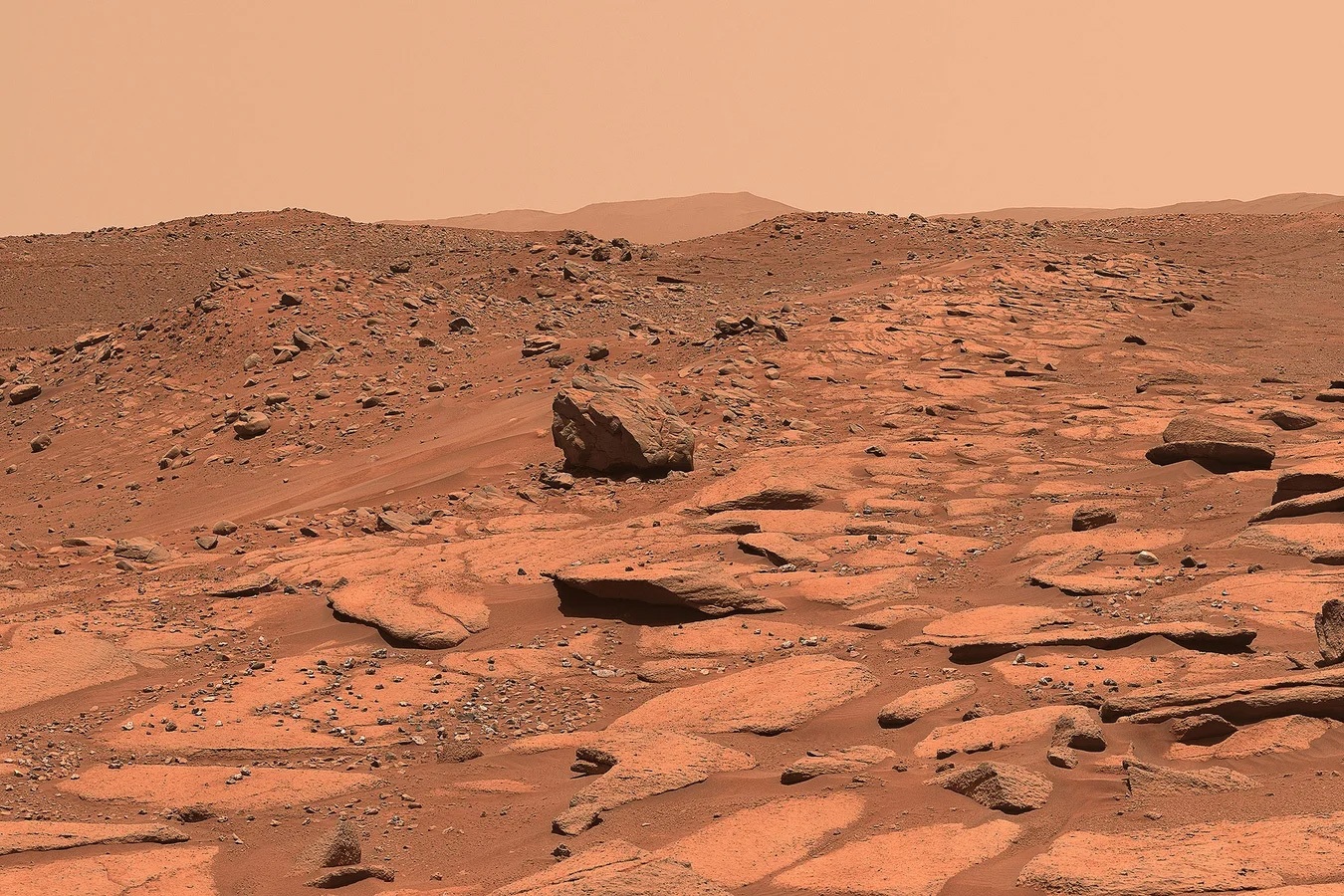
“The Curiosity rover was built to search for habitable environments, specifically conditions that could have supported microbial life on Mars in the past, if life ever arose on the Red Planet,” said Professor Amy Williams, a member of NASA’s Curiosity and Perseverance mission science team.
The instruments on Curiosity are designed to search for liquid water, carbon sources and chemical energy - the elements necessary for the metabolism of life on Earth.
In addition to studying the environment, Curiosity also collects potential rock samples to bring back to Earth for in-depth analysis. The Mars Sample Return mission, being developed by NASA and the European Space Agency (ESA), aims to collect and bring back core samples to Earth.
Ms Williams believes that at least one of these sample cores may contain signs of ancient microbial life.
Bringing the samples back to Earth will help answer one of humanity's biggest questions: Are we alone in the universe?
Venus: Home to "strange" microbial life?
Venus, with surface temperatures hot enough to melt lead and pressures 90 times higher than Earth's, and a thick atmosphere of sulfuric acid, seems an unlikely place for life.
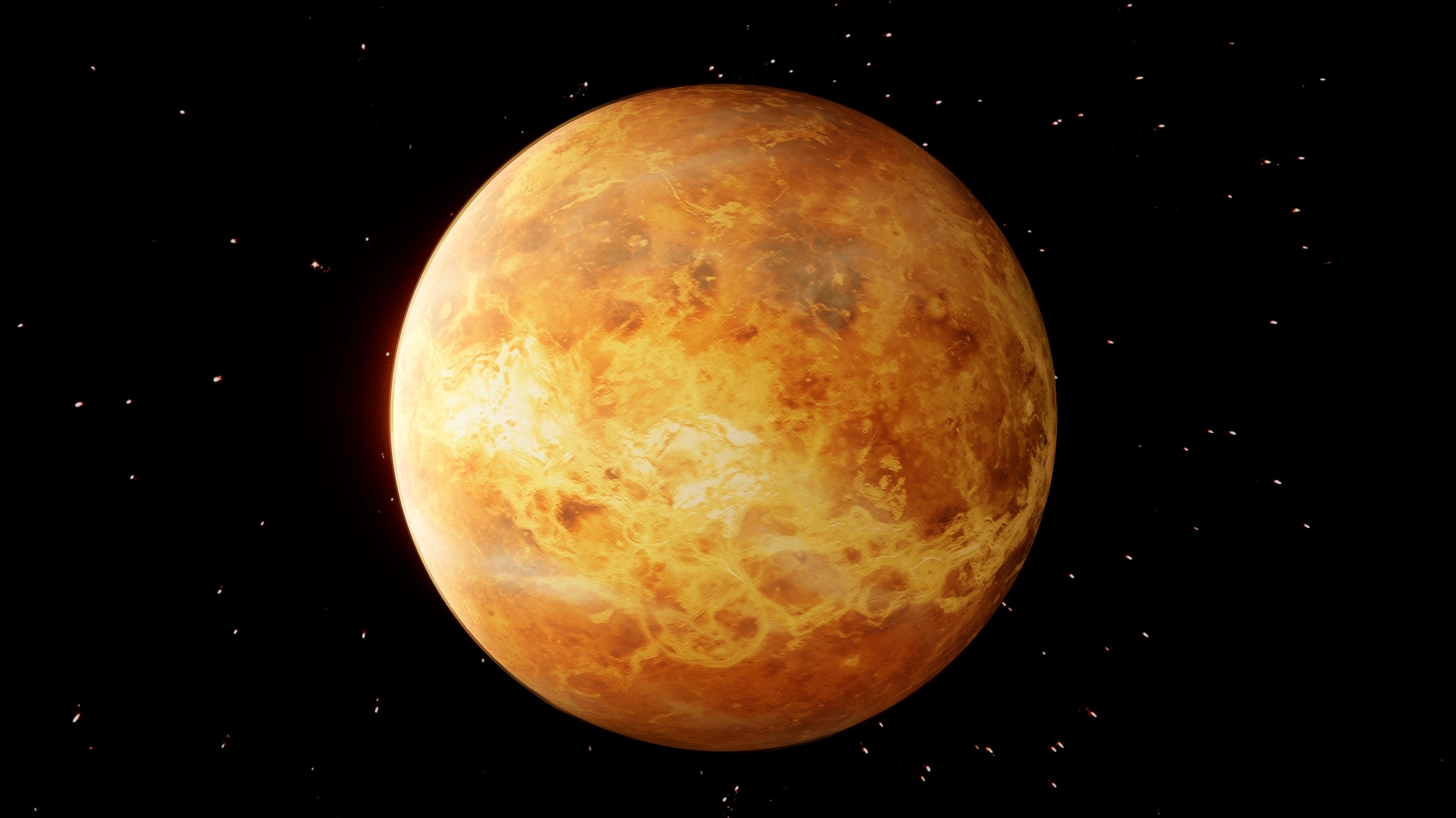
However, scientists still believe that extremophiles can survive in the upper atmosphere, where conditions are less harsh. The Massachusetts Institute of Technology (MIT) is implementing the Morning Star Missions project, which aims to send a probe into the atmosphere of Venus, collect cloud samples and bring them back to Earth for analysis.
“Microbial life could very well exist in Venus's sulfuric acid-rich clouds,” said Professor Sara Seager, Director of Morning Star Missions. “If confirmed, it would significantly expand the potential locations to search for alien life.”
In 2020, the detection of phosphine gas in Venus' clouds sparked controversy, as the gas is often associated with living organisms or extreme pressures. However, the weak signal left many scientists skeptical. The Morning Star mission is expected to clarify the chemical composition of Venus' atmosphere and confirm the existence of phosphine.
The moons of Saturn and Jupiter
Further out in the Solar System, several moons of Saturn and Jupiter, particularly Enceladus and Europa, are highly regarded for their potential to harbor life.
Enceladus, a moon of Saturn, has a global underground ocean beneath its thick ice crust. It regularly spews huge plumes of brine into space, offering the opportunity to sample it directly.
The Cassini spacecraft collected data and samples from these plumes. In 2023, a study in the journal Nature reported the discovery of phosphates on Enceladus, completing the basic chemical ingredients for life in its underground ocean.
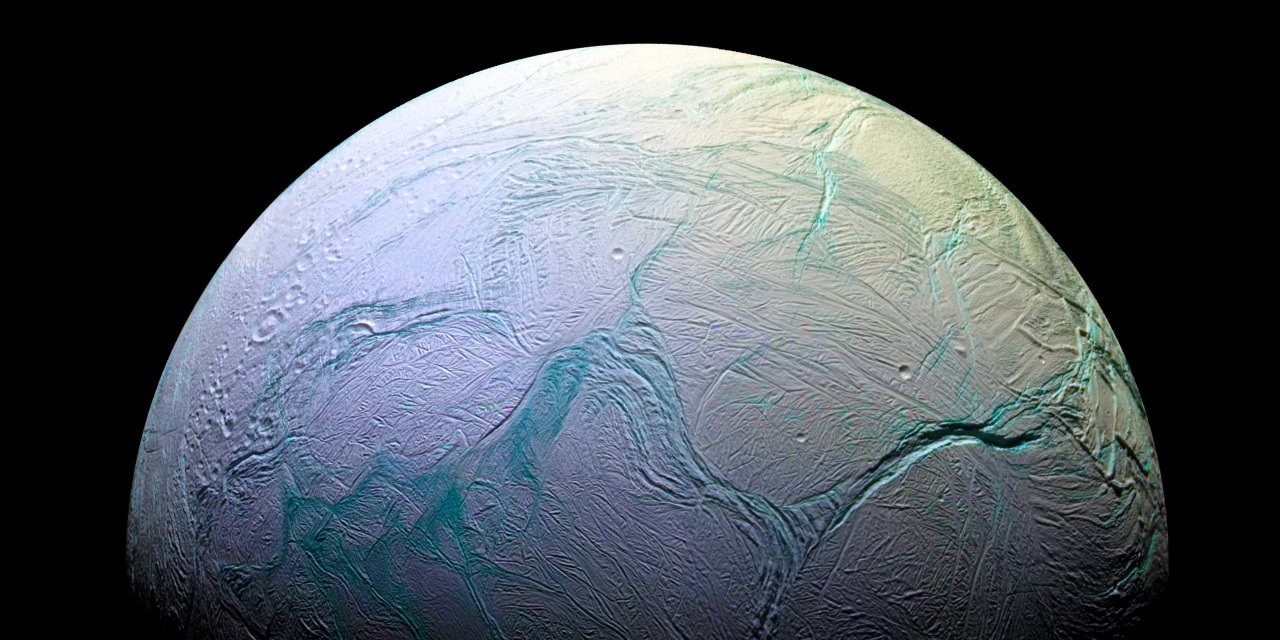
Europa, a moon of Jupiter, is also an icy world with a subsurface ocean and water plumes. Jupiter's enormous gravity creates energy and geological activity, keeping Europa's ocean liquid.
Scientists believe that the interaction between the salt ocean and the rock layer inside could create a suitable environment for life, similar to the ecosystem around hydrothermal vents on the Earth's seafloor.
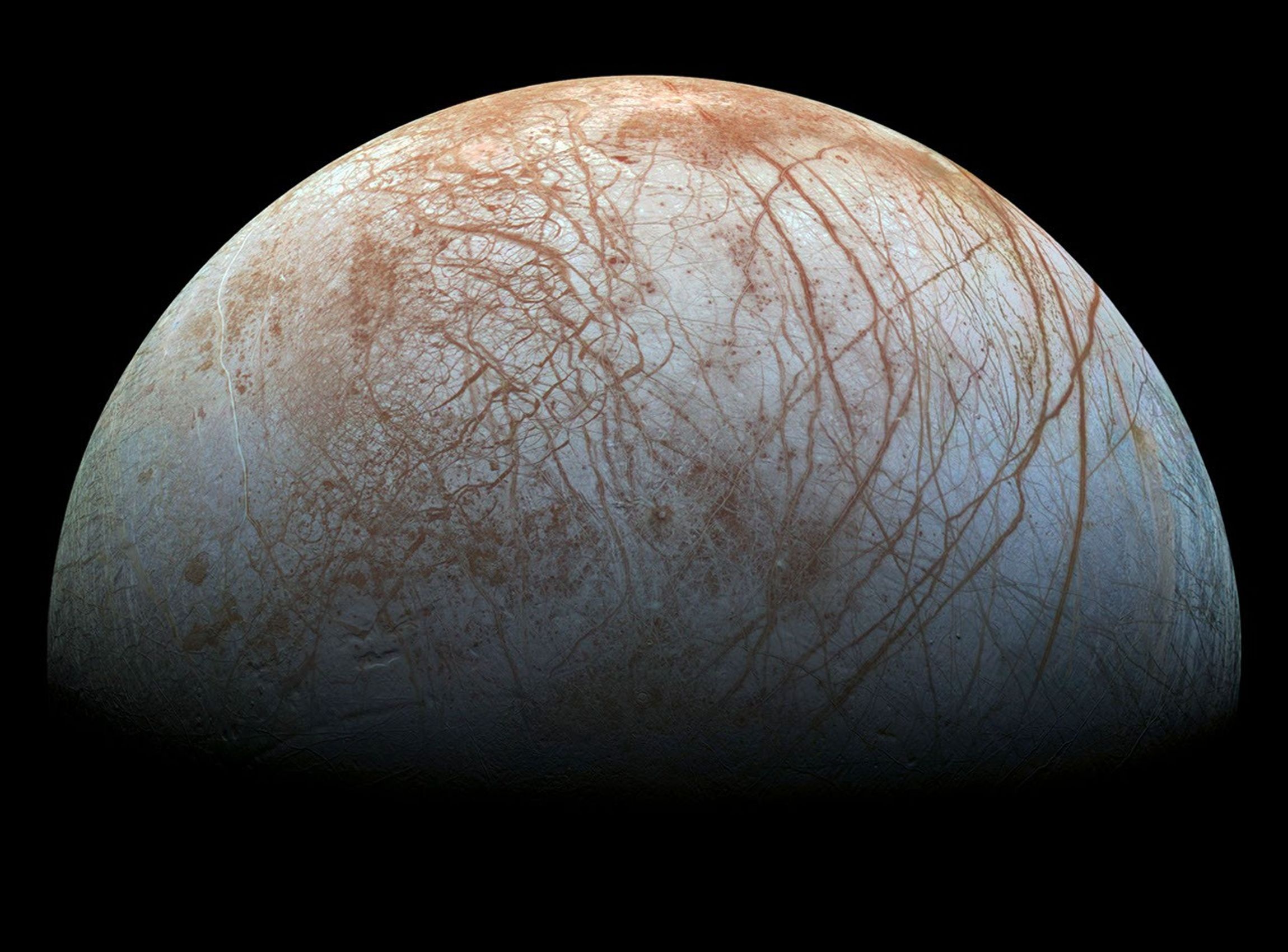
ESA launched the Jupiter Icy Moons Explorer (Juice) in April 2023, scheduled to arrive at Jupiter in July 2031 to study Europa, Callisto and Ganymede. NASA also deployed the Europa Clipper mission, launched on October 14, 2024, scheduled to arrive at Jupiter in 2030 to study the conditions for life on Europa.
Titan, another moon of Saturn, is unique in that it has a methane cycle similar to Earth’s water cycle, and a thick atmosphere of nitrogen and methane. Data from the Cassini spacecraft (2004-2017) and the Huygens probe (2005) suggest that Titan’s atmosphere could form complex molecules, the building blocks of life. NASA is developing a helicopter-like probe to fly over Titan and collect samples.
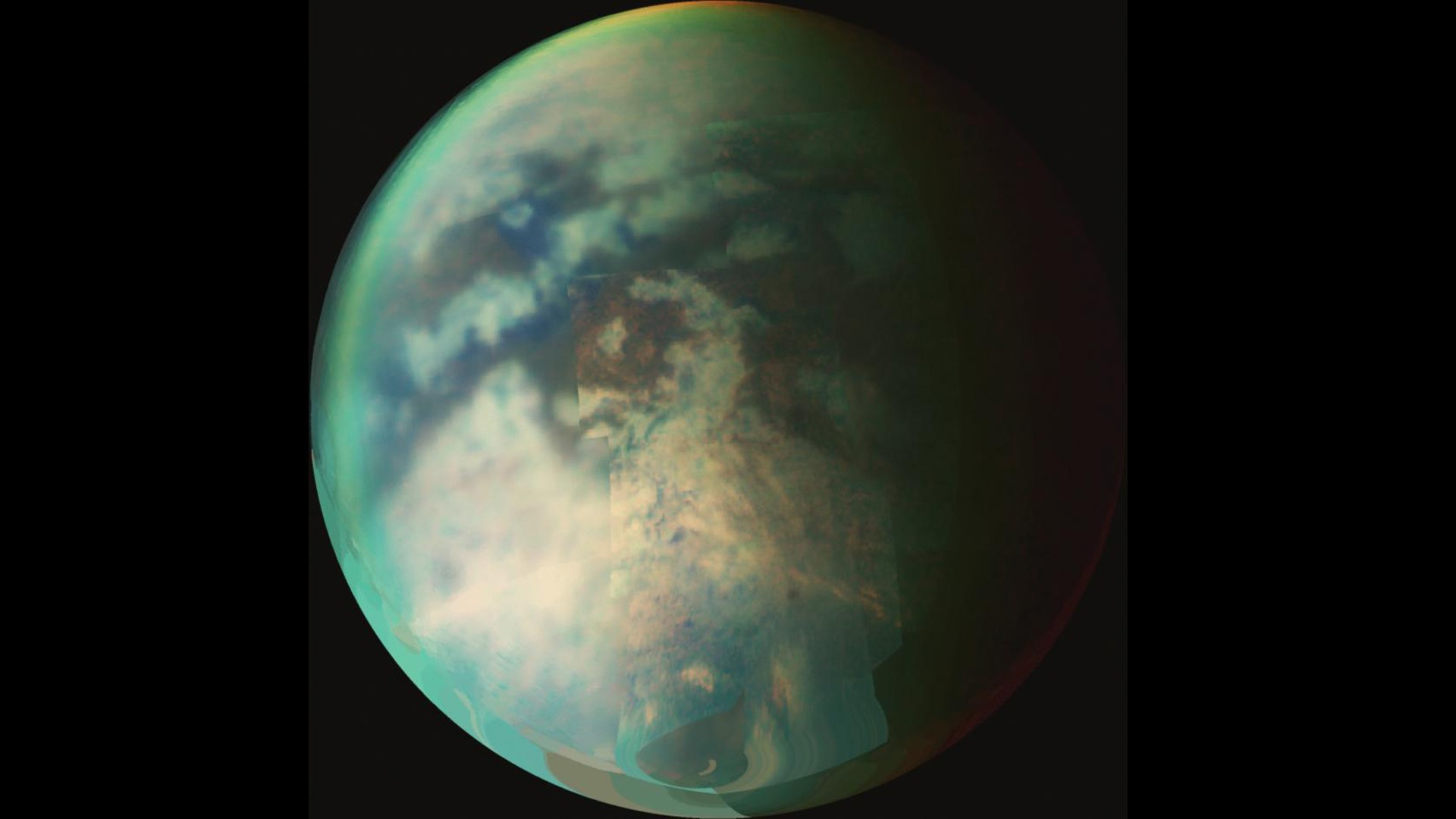
Ceres and Beyond: Expanding the Search for Life
In addition to the large planets and moons, the dwarf planet Ceres is also considered to be potentially habitable. Based on images from NASA's Dawn probe (2015), scientists believe that Ceres may harbor large amounts of liquid water beneath its icy and rocky crust.
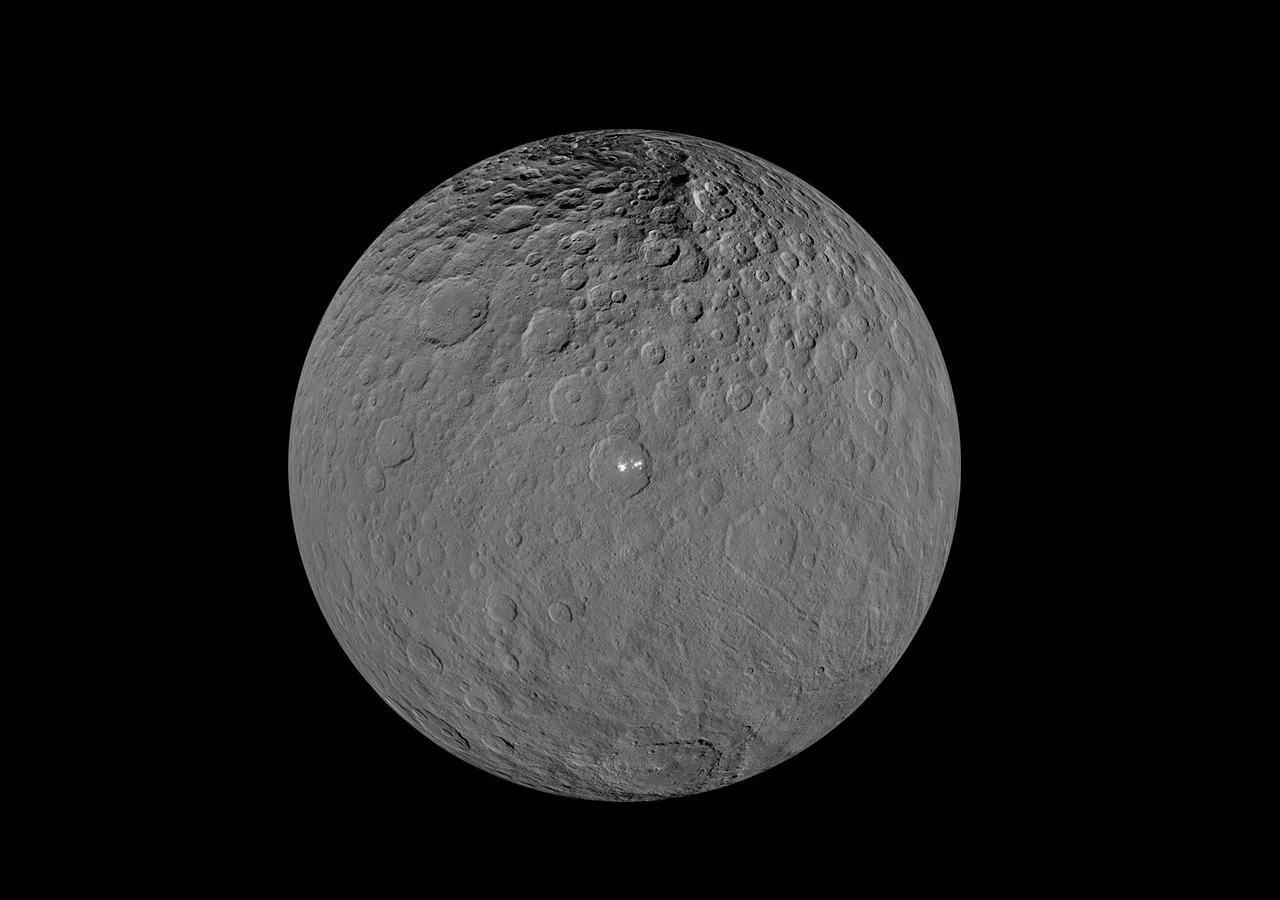
The ever-expanding Solar System is revealing more places where conditions are suitable for life. However, if extraterrestrial life does exist, it is likely to be simple life forms, not yet developed enough to communicate with us.
Source: https://dantri.com.vn/khoa-hoc/ngoai-trai-dat-su-song-co-the-ton-tai-o-dau-trong-he-mat-troi-20250917122135484.htm





![[Photo] Cutting hills to make way for people to travel on route 14E that suffered landslides](https://vphoto.vietnam.vn/thumb/1200x675/vietnam/resource/IMAGE/2025/11/08/1762599969318_ndo_br_thiet-ke-chua-co-ten-2025-11-08t154639923-png.webp)

































![[Video] Hue Monuments reopen to welcome visitors](https://vphoto.vietnam.vn/thumb/402x226/vietnam/resource/IMAGE/2025/11/05/1762301089171_dung01-05-43-09still013-jpg.webp)




































































Comment (0)